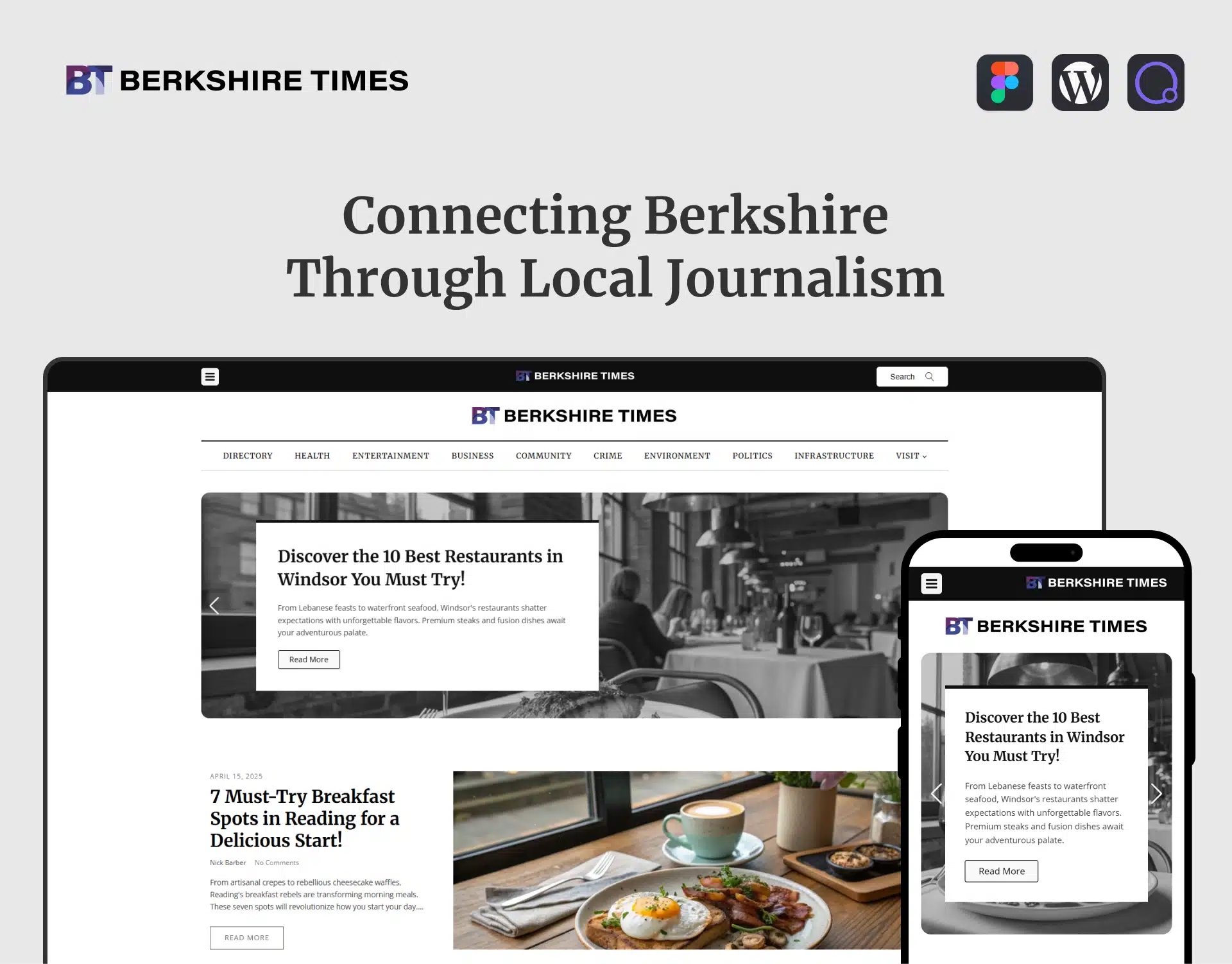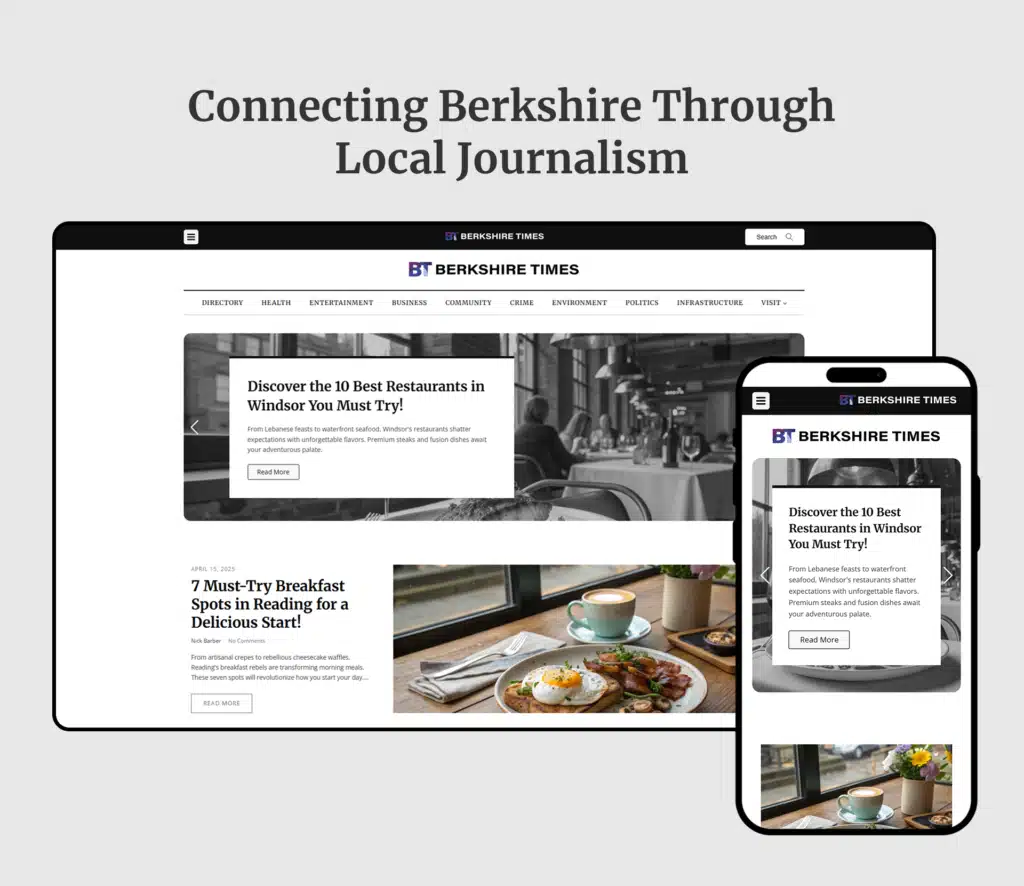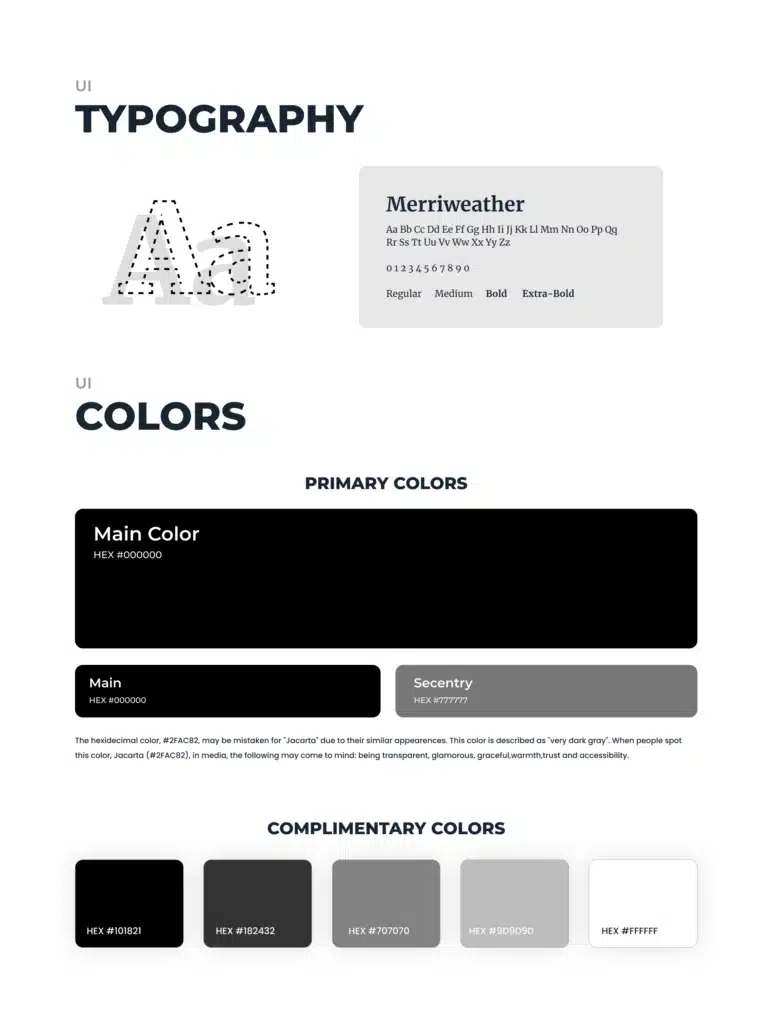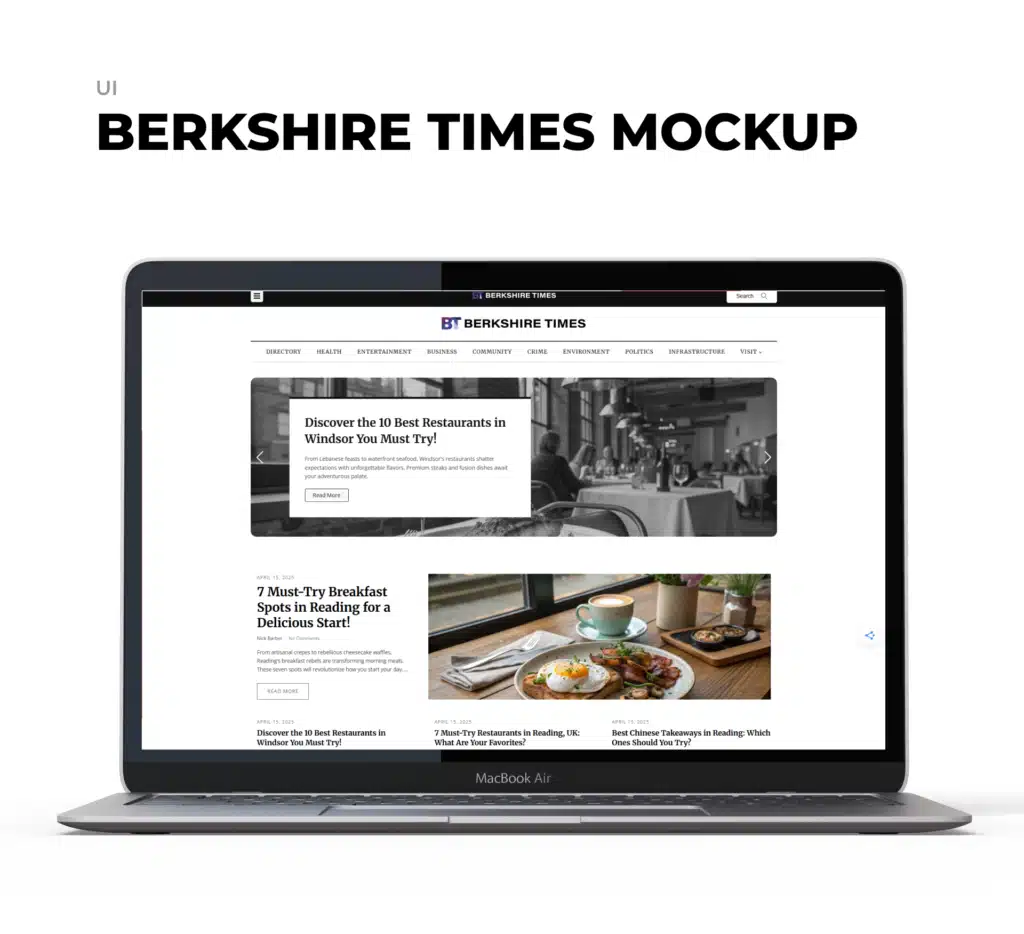
Let me tell you about one of my favourite client success stories. The Berkshire Times came to us with a website that was, quite frankly, a bit of a mess. Fast forward 16 weeks and they're looking at a 156% boost in digital subscriptions. Not bad, right?
The Numbers That Matter:
When the Berkshire Times team first contacted us, their situation was pretty typical of what I see with traditional media. Think of their website like a shop with a broken front door - people were trying to get in, but most just gave up and walked away.
Here's what was happening:
Here's what this meant for their business: Every day, potential readers and subscribers were slipping through their fingers. It's like having a leaky bucket - doesn't matter how much water you pour in if it's all draining out the bottom.
Based on my experience with similar clients, the first thing we needed to understand was who was actually trying to read their content and what was getting in their way.
We spent time talking to 24 of their regular readers - proper conversations, not just quick surveys. Here's what we discovered:
The Reality Check:
What This Told Us: Think of it like renovating a house - you can't just slap on some new paint and call it done. We needed to rebuild from the ground up, starting with mobile users as our priority.
Let me put it this way - most websites are built like they're still living in 2010. We took a completely different approach.
Instead of trying to cram everything onto the screen, we created breathing room. Clean typography that's actually readable on a phone screen, colours that work whether you're reading in bright sunlight or your bedroom at 11pm, and little touches that guide people naturally towards subscribing.
Here's what this means for your business: When people can actually use your website easily, they stick around longer and are much more likely to become customers.
Now, here's where things get interesting. Most local businesses think SEO is just about ranking for their main keyword. That's like trying to catch fish with one tiny hook when you could be using a net.
We built content clusters around every major Berkshire community - Reading, Bracknell, Windsor, you name it. Each area got its own dedicated coverage with proper local business mentions and event listings.
The Technical Foundation:
The Result: 234% increase in local search visibility. That's not a typo - they went from barely showing up to dominating local search results.
Let's talk about what happened after we launched the new site. Based on my experience with similar projects, I expected good results, but this exceeded even my optimistic projections.
The publishing process went from 23 steps down to 8. As their Senior Editor Sarah Mitchell put it: "The new system has revolutionised our daily workflow, allowing us to focus on journalism rather than wrestling with technology."
Here's what this means for your business: When you make it easy for people to engage with your content and buy from you, they do. It's really that simple.
Think of your website like a garden - you can't just plant it and walk away. We've set up ongoing monthly reviews to keep tweaking and improving based on what the data tells us.
The data tells an interesting story here - websites that evolve based on user behaviour consistently outperform static ones.
Here's the thing about working with our web design London team - we don't just build pretty websites. We build systems that grow your business.
Let's look at this from another angle - the Berkshire Times went from struggling with digital revenue to generating an extra £12,400 monthly. That's £148,800 additional annual revenue from one 16-week project.
Fancy a chat about what we could do for your business? Based on my experience with similar clients, there's probably more opportunity sitting right under your nose than you realise.
Drop us a line and let's have a proper conversation about your digital presence.


